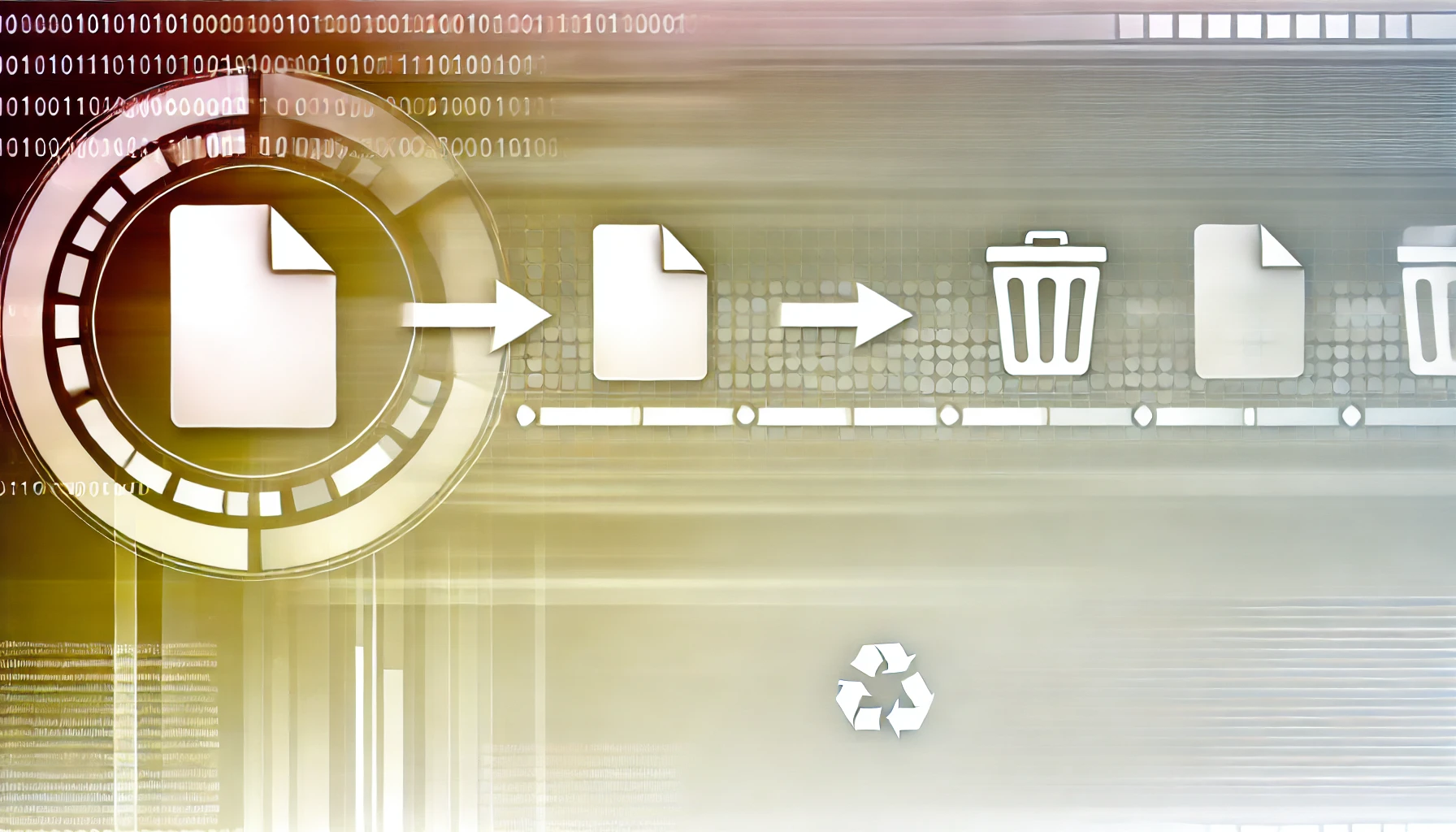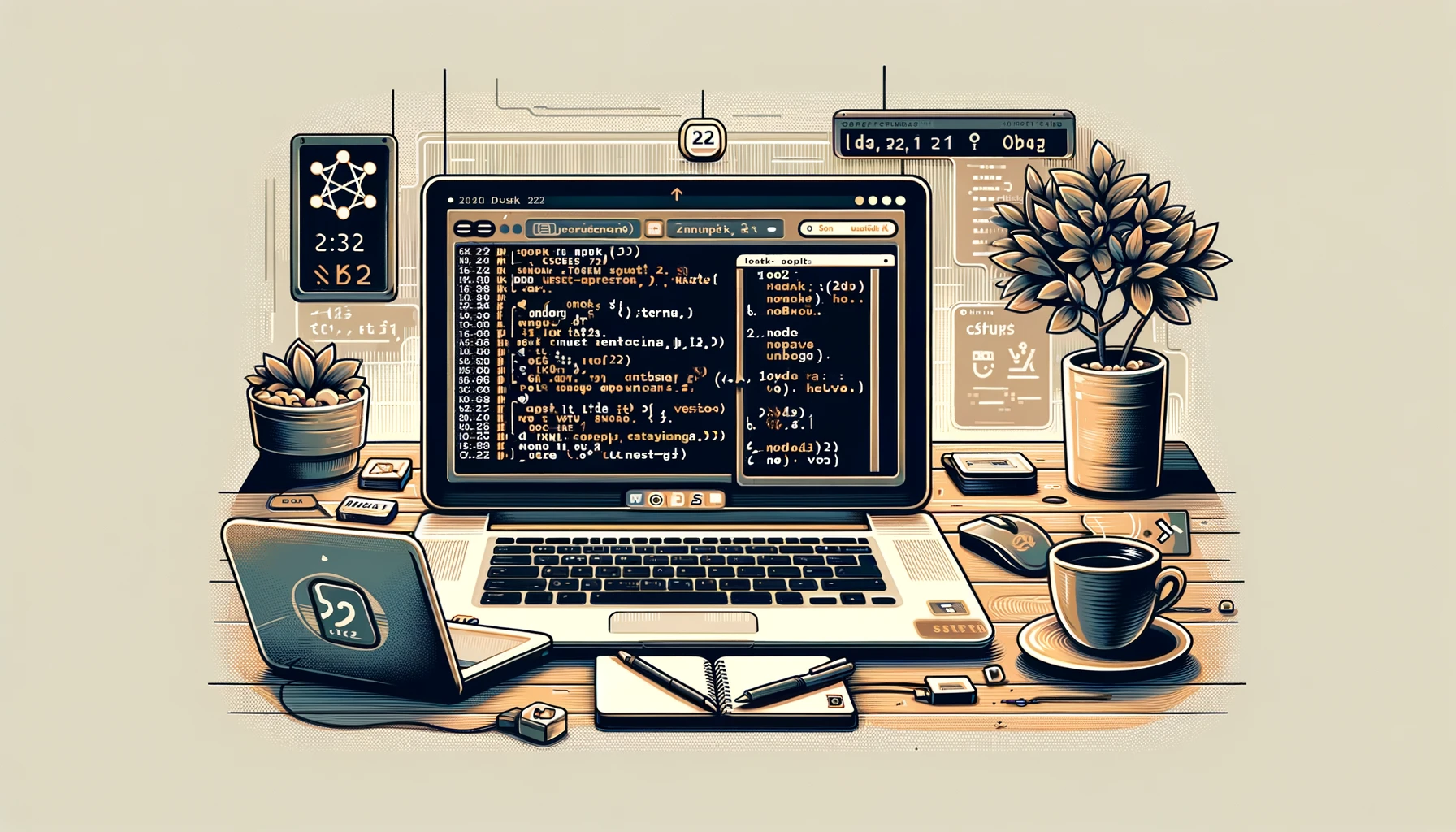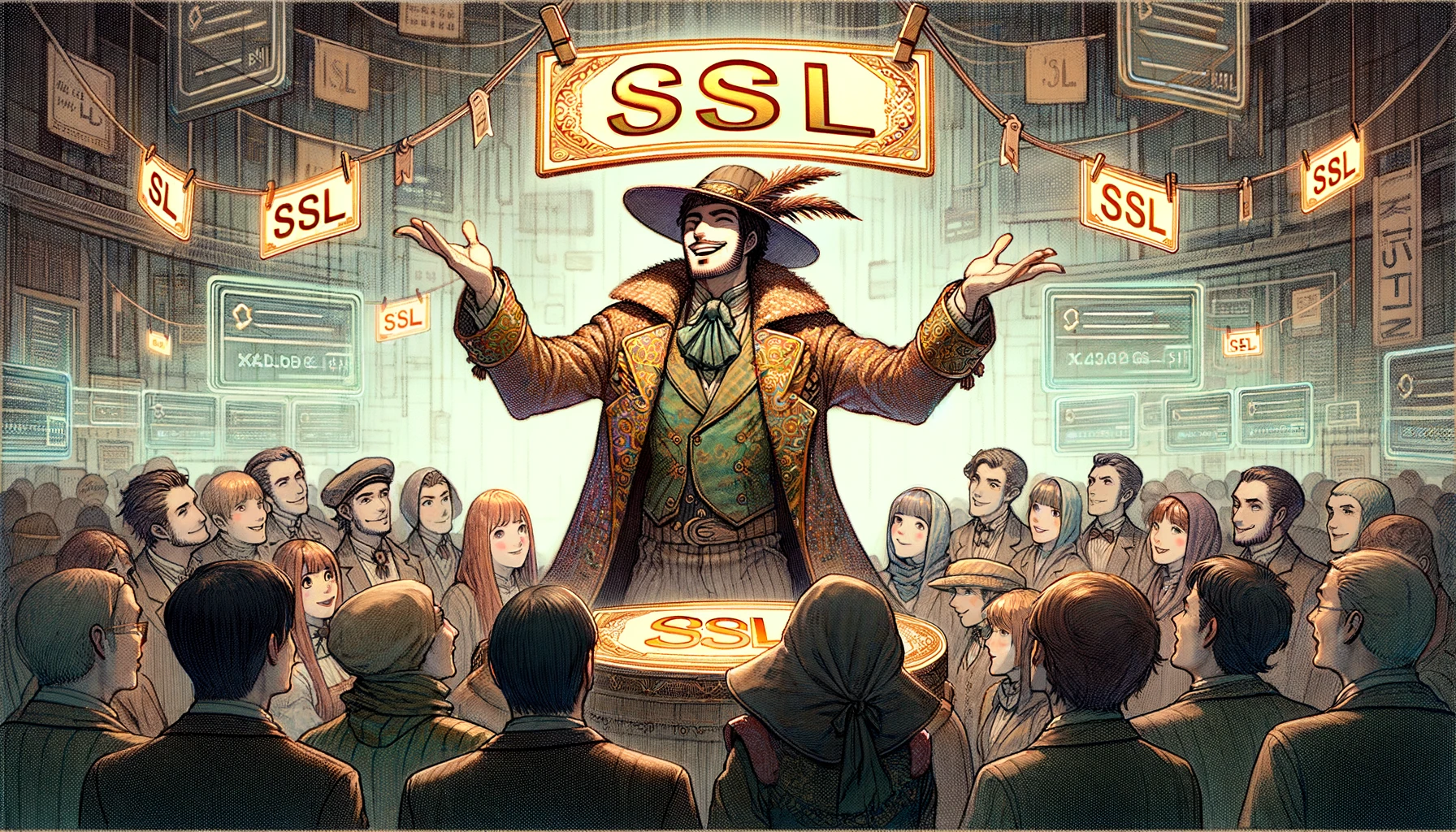Category: Servers / Serverless
-

How to Automatically Delete Old S3 Files Using Lifecycle Rules
Amazon Web Services block storage is still one of my go to backup solutions. My backups tend to be pretty small, so the cost is negligible. Over time though, the pennies start to add up. Once the cost gets to a couple of bucks, I go in and purge backups and the cycle begins anew.…
-

How to install Node.js 22 on Ubuntu
The latest release of Node.js, which will be LTS later this year, is out. Even if you’re running the shiny new Ubuntu LTS release, you’re already behind. Never fear, it’s very easy to install Node.js 22 via the APT package manager on Ubuntu with a few simple commands. As mentioned previously, I still very much…
-

Cannot load certificate “/etc/ssl/certs/ssl-cert-snakeoil.pem” on Debian
Recently, my media center (an Intel NUC) started to bark about being out of disk space on my root partition. Instead of just biting the bullet and redoing the partitions, I decided to purchase a larger SSD, which led to its own problems. With those problems sorted, I opted to do a fresh installation of…
-

How to install Node.js 21 on Ubuntu
Installing Node.js 21 on Ubuntu is a pretty simple task regardless if you’re targeting an LTS or a non-LTS release. Personally, when working with Ubuntu in production environments, I stick to LTS releases like Ubuntu 20.04 LTS and Ubuntu 22.04 LTS. This guide should work well on Ubuntu 22.10 and Ubuntu 23.10 as well. Installing…
-
How to apply security updates on Amazon Linux 2 AMI
Security updates are important and should be applied regularly, even automated if that’s an option (it is on Debian, as part of unattended upgrades). Amazon Web Services (AWS) offers their own Linux distribution, that is, and I quote “largely binary compatible” with Red Hat Enterprise Linux. Something I’ve learned about…
-
How to start an AWS CodePipeline
While not a difficult task to pull off, starting a pipeline in the AWS Console for CodePipeline does tend to be a confusing thing when somebody has never done it before. The reason for this is the naming of the action. The AWS Console doesn’t have a big shiny “Start”…
-

How to install Node.js 20 on Ubuntu 20.04 LTS
Less than a week ago, Node.js 20 release. While it’s not the current LTS release, it will be this coming October 2023. You’re probably wondering why this post is about Ubuntu 20.04 LTS considering there is a newer LTS release and multiple non-LTS releases that I could be targeting. Kinda…
-

How to install Node.js 19 on Ubuntu 20.04 LTS
Periodically, I check my site analytics to see which posts are getting the most traffic. It never ceases to amaze me at how many posts documenting older versions of Ubuntu, as far back as 16.04 LTS, still receive regular traffic. While they may not be evergreen forever, there’s something to…
-
SSH into server with broken or missing shell
I did the unthinkable the other day. I attempted to upgrade my Debian home server (sherver) from Debian 10 to 11. In doing so, I fat fingered something in /etc/apt/sources.list. I then proceeded to run the usual update and upgrade commands, not paying any attention to any output. Then I…
-

How to install Node.js 18 on Ubuntu 20.04 LTS
It’s that time of year again, for not just a new version of Node.js, but for a new version of Ubuntu as well! Sadly though, my preferred method of installing Node.js on Ubuntu isn’t quite ready for Ubuntu 22.04 LTS. That’s okay though, I don’t like to upgrade to a…
